With the 25th anniversary fast approaching, we are taking a deep dive through Pokémon history, looking at some of the biggest decisions made in the mainline games that have had a lasting impact. In this article, we will look at everything from the original release of Pokémon Red and Green in Japan, all the way to Pokémon Sword and Shield in 2019.
Generation 1 – Red/Green/Blue/Yellow (Gameboy)
We couldn’t prepare this breakdown and ignore the importance of Generation 1. The talent at GameFreak created a masterpiece which would span at least twenty-five years. The combination of being a GameBoy title and having the ability to battle and trade with friends was key to the explosion of the fad that followed. Evidently, the anime also helped expand the reach of Red and Blue over in the west. Had GameFreak released these titles on a home console, or even didn’t include the multiplayer elements such as battling and trading, who knows whether these titles would have been anywhere near as successful and begin a revolution of the JRPG genre.

Pokémon Yellow (Known as Pokémon Pikachu Edition in Japan) was also a very clever move. Although Pokémon Blue was already released as an enhanced version in Japan, Pokémon Yellow appealed even more to those anime-crazed fans with the inclusion of Jessie and James and followed somewhat vaguely across the anime story-line of Ash’s journey through Kanto.
Although, in hindsight, the first generation is flawed with its well known glitches and over-powered Psychic-Type Pokémon, Red and Green sparked something magical with this release.
Generation 2 – Gold/Silver/Crystal (GameBoy/GameBoy Color))
Pokémon Gold and Silver were released initially in 1999 and brought about some very welcome changes. Although the generation 1 games could be played on the GameBoy Color, the games weren’t exactly what one would describe as vibrant and colourful. Gold and Silver saw to that with what felt like an incredible colour pallet and, in my opinion, has aged the game rather well when you look at battle scenes especially. This of course was a huge albeit simple change and made the games all the more exciting for the technology at the time (isn’t technology amazing).
The most pivotal feature in these games wasn’t the colour scheme though, the series was blatantly heading in that direction with technology rapidly improving, it was the gender and breeding system. Now you could breed your starter and have as many Totodile as you want to trade, or breed for a better set of IV’s (Individual Values) for an improved competitive squad.
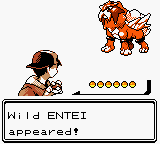
Perhaps almost equally important was the Time Travel device which allowed you to transfer Pokémon from your original saves in Generation 1 to Gold/Silver/Crystal. This set a long lasting precedent for being able to keep your old Pokémon and move them from game to game. This meant good old “Squirt” the Blastoise wasn’t left to rot on my Red cartridge, he could follow on and join me in my journeys across both Kanto and Johto.
And finally, although much less important, was the introduction of shiny Pokémon. This gave fans a bit more excitement during their wild encounters when the sparkles appeared and the wild Pokémon was suddenly a different colour. At the time, this was a 1/8192 chance of occurring, apart from a certain in-game event with a Red Gyarados which was guaranteed. With the amount of people who stream shiny hunting these days, this was without a doubt a huge moment in Pokémon history.
Generation 3 – Ruby/Sapphire/Emerald/Fire Red/Leaf Green (GameBoy Advance)
Generation 3 perhaps didn’t have as many big overhauls and new features as Generation 2. In fact, we lost the ability to transfer all of our favourite Pokémon to this new world, which was sorely disappointing.
One of my personal favourite upgrades was the box system. As dull as this might sound, the Quality of Life update here meant that you no longer had to save every time you switched boxes or every time you had to deposit a Pokémon. You could freely explore your boxes and move Pokémon around at the click of a button, and nothing more. Previously, if you wanted to catch a Pokémon and Box 1 was your last box you accessed and was full, you would not be able to catch that Pokémon and just had to let it go. Imagine if you found a shiny, only to later realise you left your PC system on Box 1 that was full?
Ruby and Sapphire also saw the introduction to Double Battles. This changed the competitive nature of the game forever and for the best. Now you had to think about the weaknesses of two Pokémon on the field at the same time, how to effectively cover and boost your ally whilst dealing maximum damage to your opponents and preventing them from setting up. This undoubtedly shook the competitive system to the core and is the system we see in the official circuit to this date.

Next in this generation we saw the introduction of remakes. Red and Green were remade into Fire Red and Leaf Green, allowing many to delve into a nostalgia trip with improved graphics and features for the first time. Since then, we have seen Generations 2 and 3 remade over the course of the years. Hopefully we may soon see even more.

Fire Red and Leaf Green also came bundled with a wireless adapter for the GameBoy Advance, which meant for the first time ever, you could battle and trade without a link cable. At the time, this was a spectacular and jaw dropping addition which nowadays just seems standard. This foreshadowed the future of no more cables once Generation 4 reared its head.
Generation 4 – Diamond/Pearl/Platinum/Heart Gold/Soul Silver (Nintendo DS)
As one might expect with the progress of technology, Generation 4 once again looked amazing compared to previous generations. The overworld looked more alive than ever before with some basic 3D models added and just general improvements in the sprite art overall.

One of the biggest changes in Pokémon occurred in Generation 4, and that was the introduction of the Physical/Special split in moves. Before now for example, every Water-type move was categorised as a “Special Attack” and every Fighting-Type move was a “Physical Attack”. This overhaul now meant some Water-Type moves could be physical and others, special. This changed the face of the competitive side of Pokémon forever. To continue with the ongoing example, Gyarados has always had a great Attack stat and not so good Special attack stat. This meant it was almost useless in previous generations, as all of its Water-Type moves would have been a Special Attack!
This generation also introduced online capabilities for the first time, meaning you could battle and trade with anyone around the world. No longer were you restricted to being within close proximity of the other player, as long as you could connect to Wi-Fi you could play with anyone! This made things like completing your Pokédex easier than it ever has been before. No more did you need to rely on a friend having the opposing version you owned to help fill those gaps.

Once again, transferring from previous generations was introduced. If you had a Generation 3 game, you could pop it in the GBA slot of your DS with a Generation 4 game in the main DS slot and begin your transfer. Unfortunately, there was still no connectivity with Generations 1 and 2, but with Fire Red and Leaf Green on the GameBoy Advance and Heart Gold and Soul Silver it was now possible to obtain a complete National ‘Dex.
Generation 5 – Black/White/Black 2/White 2 (Nintendo DS)
Pokémon Black and White were late entries in the Nintendo DS era. Generation 5 was an ambitious, almost soft reboot of the whole series. It kept connectivity with generations 3 and 4, but it introduced 156 new Pokémon, the most ever – even more than Generation 1.
Although these games did not offer anything awfully much more ground breaking than any previous iteration, they did introduce the first fully moving sprites. During battle, all Pokémon will move and you will see their full front and back sprites in battle. The camera was no longer static during battle, though it didn’t move much, it did make for some more atmospheric battles in general and made the Pokémon feel all the more alive.
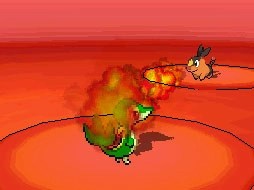
This generation was also the first games to set a direct sequel with Black 2 and White 2. Although Gold and Silver is considered somewhat of a sequel to Red and Green/Blue, this had many direct links with the characters and overall arching story with the legendaries. Unfortunately, to this day we have not seen any more direct sequels, but who knows what lurks on the horizon?

Personally, I enjoyed the introduction of 156 new Pokémon in Black and White and the fact they were the only catchable Pokémon during the main game, the incredible focus on story and the sequels. These games are a bit marmite with the community though, some are really not big fans of these titles and would rather leave a lot of the features in the past.
Generation 6 – X, Y, Omega Ruby and Alpha Sapphire (Nintendo 3DS)
Pokémon X and Pokémon Y were the first Pokémon games released on the 3DS and the first “mainline” Pokémon games to be featured fully in 3D. Needless to say, this was a gargantuan moment in Pokémon history and one that GameFreak can never go back on. Long gone is the charming sprite art of the past, but I wouldn’t change that. Although sprite art is amazing and nostalgic, 3D models have liberated Pokémon and made them feel livelier than ever during battles and made the overworld of the game feel more immersive than it ever has.

We also saw the introduction of customisable characters for the first time ever. Players could now purchase clothes with in-game money and add their own touch of style to express their independence like never before. This feature was not included in Omega Ruby and Alpha Sapphire, but that decision was likely made to preserve the original characters and to remain true to Ruby and Sapphire.
For the first time ever, movement is not restricted to just Up, Down, Left and Right, X and Y introduced diagonal directional movement for much more freedom in travelling. A very small but once again welcome addition.

Omega Ruby and Alpha Sapphire didn’t add much more than X and Y in terms of features that stayed in, but they gave our first sliver of over-world Pokémon showing in the tall grass. When searching for Pokémon, you might see a Zigzagoon tail sticking out of the grass which you can sneak up on to encounter.
Generation 7 – Sun, Moon, Ultra Sun, Ultra Moon, Let’s GO Pikachu and Let’s GO Eevee. (Nintendo 3DS/Nintendo Switch)
In Generation 7, we saw the final set of 3DS Pokémon games to get released, and likely now to be considered the final “handheld only” mainline games with Ultra Sun and Ultra Moon thanks to the Nintendo Switch.

Sun, Moon, Ultra Sun and Ultra Moon built very well on the existing 3D models and the player’s movement in the overworld felt smoother than ever. We saw more exciting cut-scenes and a real leap in general from Generation 6. We also saw the introduction of “Regional Variants” which were a fantastic idea by GameFreak. These Regional Variants would see some well known Pokémon make a return with a whole different look, their original stats re-distributed and, sometimes, a whole new type and set of new moves. Although there were only a handful added in Generation 7, this trend followed in Sword and Shield and hopefully will continue on with the series. It’s great to see in-game explanations about how the environment may have affected the growth and long-term evolution of certain species in different areas and helps add a touch more personality to each region.
Let’s GO Pikachu! and Let’s GO Eevee! were a fantastic re-imagination of Generation 1 and the first mainline games to hit the Nintendo Switch. We saw the long anticipated return of Pokémon following their training but most importantly this game fully introduced over-world wild Pokémon. This was a feature that fans have been wanting since I can remember and it works so incredibly well. No longer do you necessarily need to run around in tall grass hoping a wild Magmar will just appear. Now you could explore or wait around on a route and find one simply walking around. I personally think this was something GameFreak were perhaps hesitant to include as it completely overhauls one of the most classic and well known features of every Pokémon game, but it was executed so well and as far as it looks with Sword and Shield, it’s here to stay!

Generation 8 – Sword and Shield (Nintendo Switch)
Pokémon Sword and Shield were not released without controversy. For the first time ever, Pokémon games were released where it was impossible to obtain all current existing Pokémon. GameFreak struggled with the move of 3D models from the 3DS era to Switch, however over time they have slowly begun re-adding them in. It is hopeful that eventually they could patch in the rest at a later date.
It’s really difficult to say exactly what will be considered a “Pivotal” moment from these games. Being the most recent releases, who knows what will stick and what won’t, so for the most part this section is purely speculation as to the features I think are likely here to stay.

Generation 8 introduced the “Wild Area” and for the first time in Pokémon history, players had full control of the camera in what can be described as a mini open-world in the middle of the region. In the Wild Area, there is plenty to explore, wild Pokémon to catch and a new feature known as “Raids” to complete, either alone or with friends online. This has hopefully set a precedent for potentially seeing a whole open world region one day in the future.
As previously mentioned, Raids are a new feature in Sword and Shield. Raid Dens can be found and activated in the wild area, where you will battle powerful wild Pokémon while teamed up with NPCs (If playing single-player) or others online. These battles vary in difficulty but can be extremely fun to play. On occasion, there have been events for the Raid Dens whereby certain rare Pokémon are more likely to appear, or some Pokémon may have a much higher than usual chance of appearing shiny. This is a feature I cannot see GameFreak removing any time soon as it is the very key to longevity after completing the main story.

Last on our overview is Downloadable Content; the fans have been wanting it for years. This appears to be replacing what we have seen as “enhanced versions” (i.e. Emerald, Platinum etc.) and will hopefully become a fun and fantastic way to bridge the gap between games and generations in the future. In the DLC for Sword and Shield, we have not only found new areas to explore and stories to uncover, but we have also seen the mid-generation release of new Pokémon which makes it all the more exciting.
Overall, I think if they continue with the momentum of changes they have brought in with Sword and Shield, we are in for hopefully another exciting twenty five years of Pokémon.


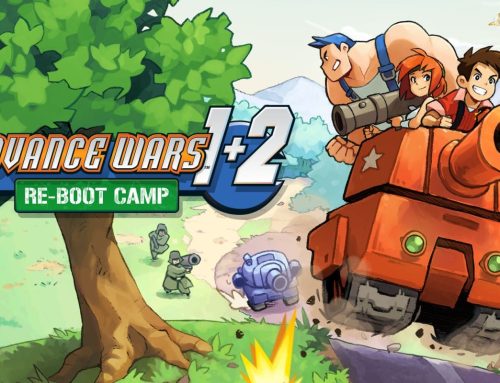
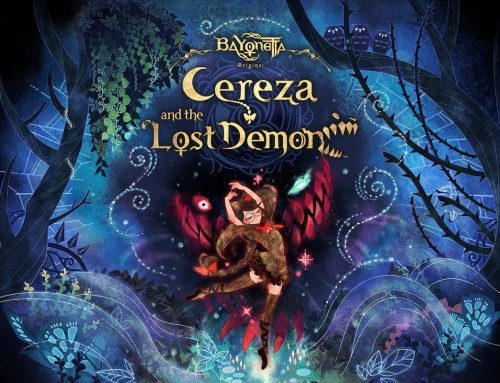
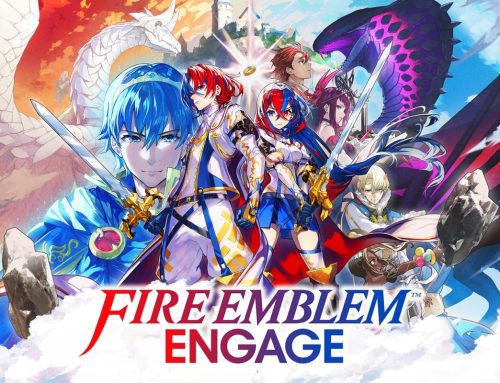
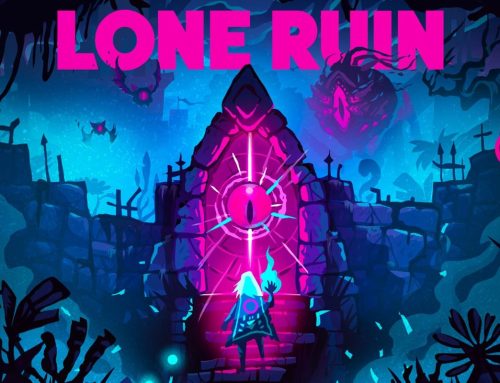
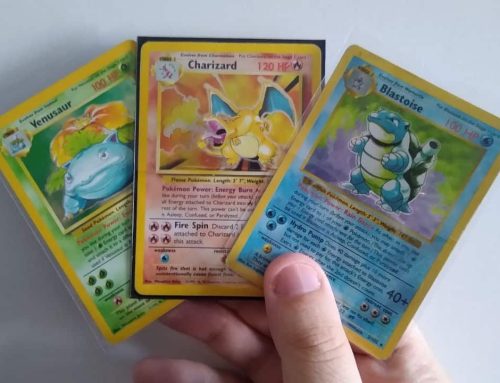
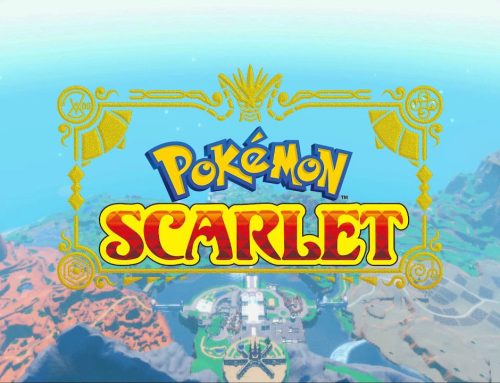
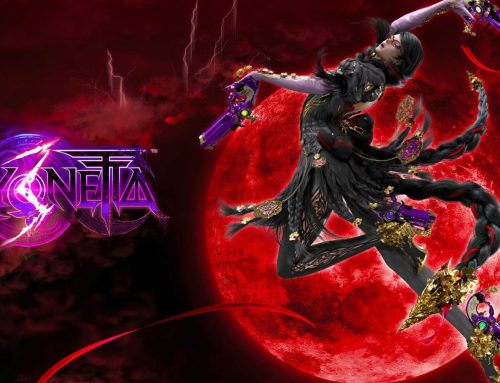
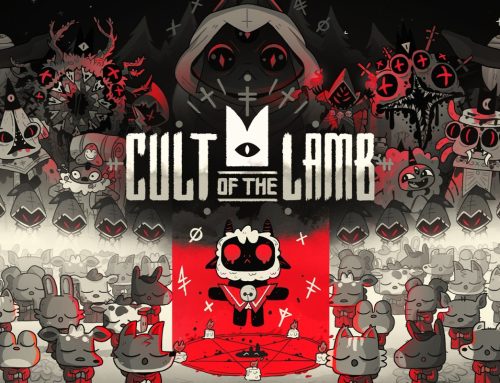
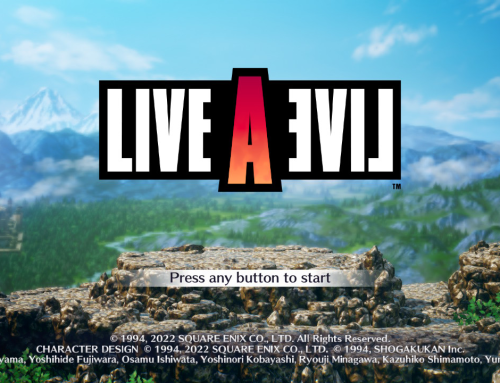

Leave A Comment
You must be logged in to post a comment.